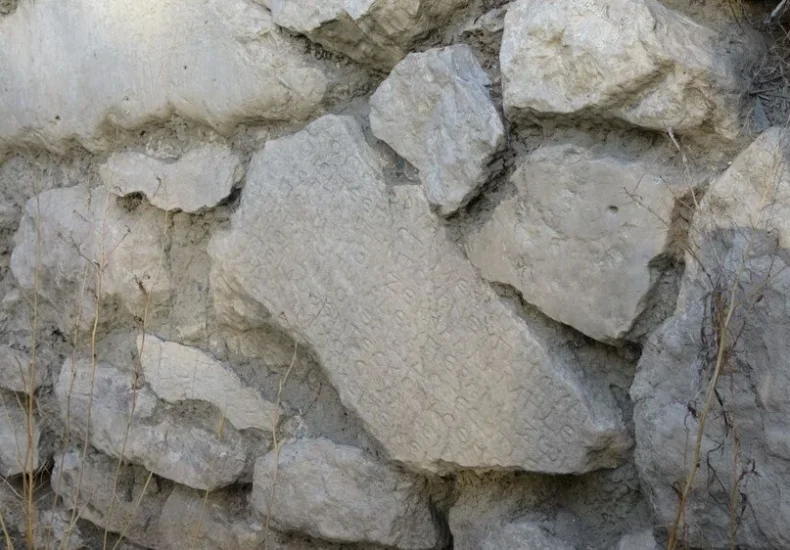
Letter of Roman Emperor Caracalla Discovered in the Walls of a 1950s House in Türkiye
A forgotten imperial inscription surfaces in a rural home near the ancient city of Takina
In southwestern Türkiye, archaeologists have identified stones from a 1950s house that once formed part of a monumental Roman inscription — an imperial letter written on behalf of Emperor Caracalla (r. AD 198–217). The stones, taken decades ago from the nearby ancient city of Takina in Burdur’s Yeşilova district, were unknowingly reused by villagers to build a modest home that now stands as an accidental relic of Roman power.
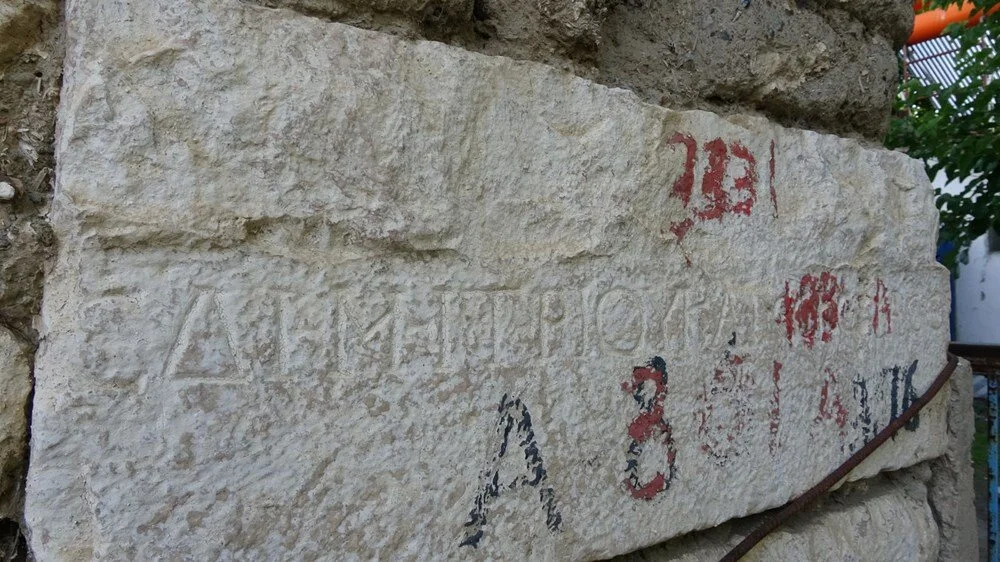
A rural home built from ancient stone
The house, located in Yarışlı village, was constructed in the 1950s using blocks hauled by horse-drawn carts from the ruins known locally as Asar Tepe. For years, the carved Latin letters went unnoticed.
During a regional survey in 1970, archaeologists recognized the inscriptions as fragments of a formal imperial rescript — a public letter carved in stone and addressed to the citizens of Takina nearly 1,800 years ago.
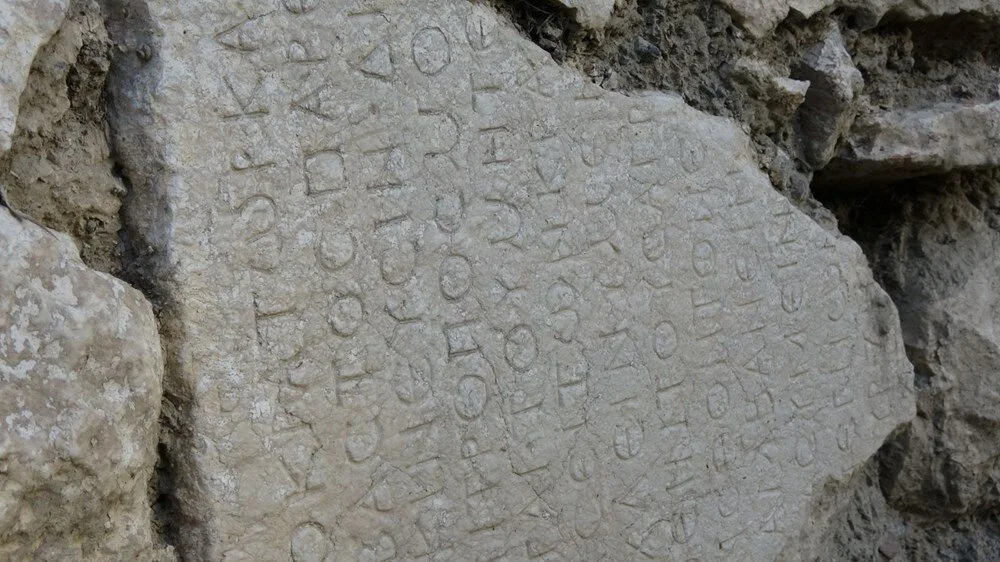
Records from the Burdur Museum Directorate confirm that at least ten inscribed stones were embedded in the structure’s foundation and outer walls. The museum later documented and placed them under protection, preparing for their recovery once the now-abandoned building is dismantled.
📣 Our WhatsApp channel is now LIVE! Stay up-to-date with the latest news and updates, just click here to follow us on WhatsApp and never miss a thing!!
Echoes of imperial correspondence
Although the text is incomplete, experts believe the letter concerned civic administration or local privileges, typical of Caracalla’s correspondence with provincial cities across Asia Minor. Such official inscriptions were designed to display the emperor’s favor and to legitimize local governance under Roman law.
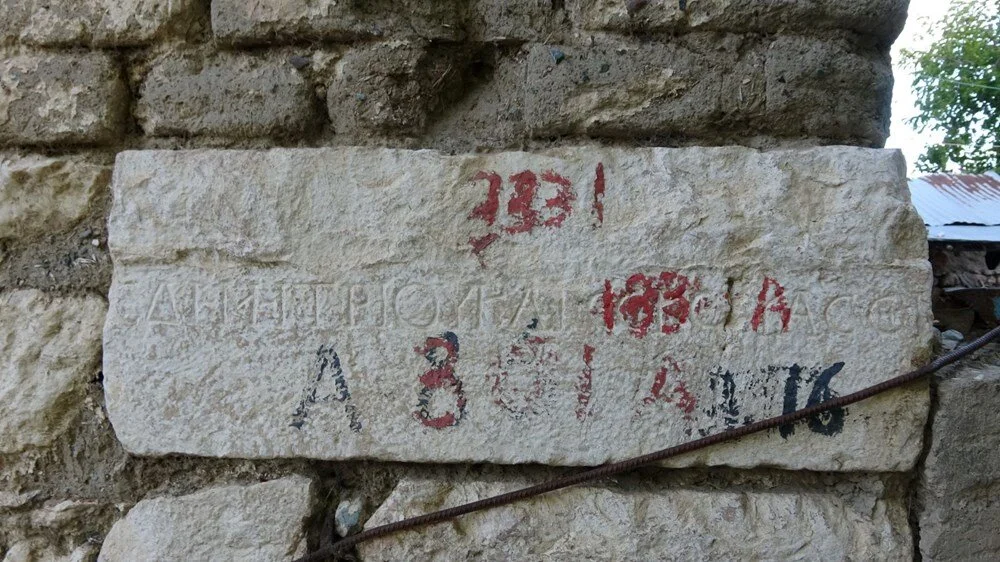
Local resident Ferhat Ağıl, whose father-in-law built the house, recalls the story:
“They brought the stones from Asar Hill. At that time no one knew they were ancient. Years later, archaeologists from Istanbul came and said they were Roman. The museum even wrote to us, saying not to lose them — they belong to history.”
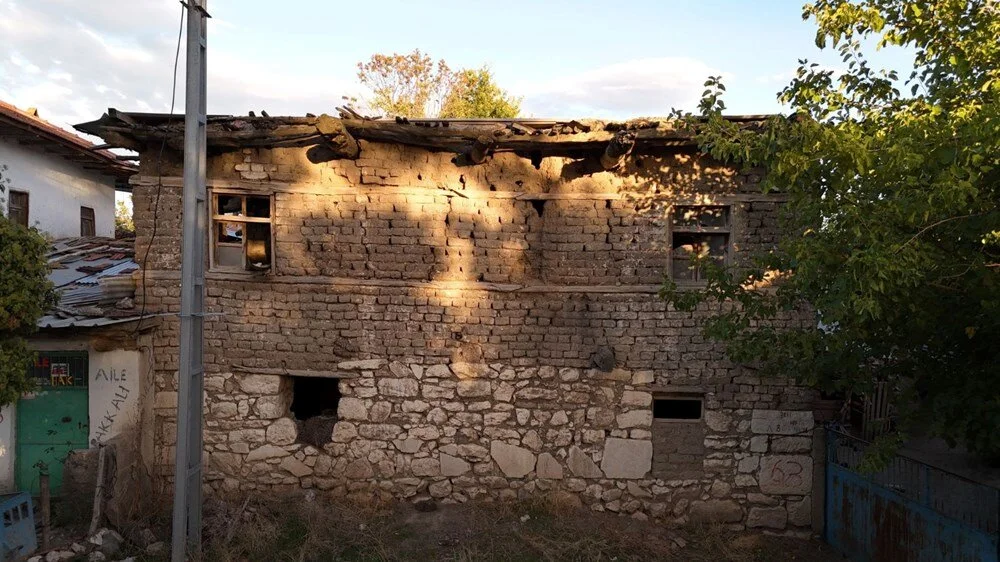
Who was Emperor Caracalla?
Born Lucius Septimius Bassianus in AD 186, Caracalla ruled the Roman Empire from 198 to 217 CE. He is remembered for the Constitutio Antoniniana of AD 212 — the decree that granted Roman citizenship to nearly all free men of the empire. This act redefined the legal and social order from Britain to Anatolia, integrating provincial populations more deeply into the Roman state.
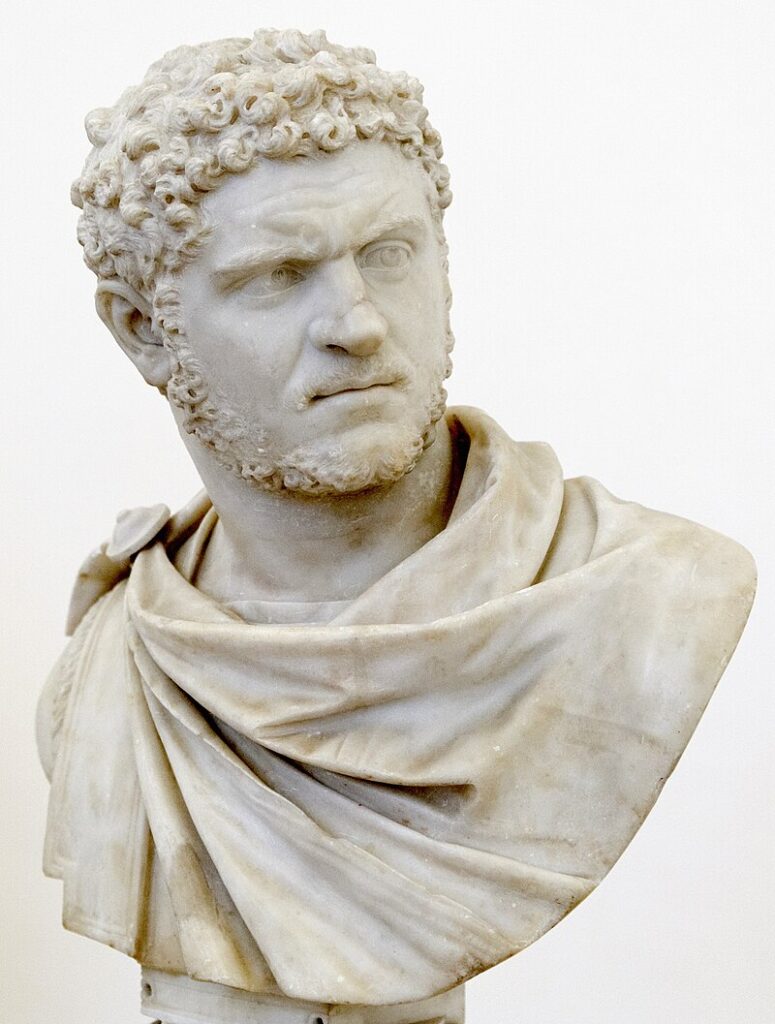
Caracalla travelled extensively through Asia Minor and the eastern provinces, issuing letters and decrees to local communities. The Takina inscription fits this pattern, serving as a rare physical witness to the emperor’s interactions with Anatolian cities.
Today, the abandoned house in Yarışlı — its walls still bearing the faint Latin lines of an imperial message — stands as a striking reminder of how the past can resurface in the most ordinary places.
You may also like
- A 1700-year-old statue of Pan unearthed during the excavations at Polyeuktos in İstanbul
- The granary was found in the ancient city of Sebaste, founded by the first Roman emperor Augustus
- Donalar Kale Kapı Rock Tomb or Donalar Rock Tomb
- Theater emerges as works continue in ancient city of Perinthos
- Urartian King Argishti’s bronze shield revealed the name of an unknown country
- The religious center of Lycia, the ancient city of Letoon
- Who were the Luwians?
- A new study brings a fresh perspective on the Anatolian origin of the Indo-European languages
- Perhaps the oldest thermal treatment center in the world, which has been in continuous use for 2000 years -Basilica Therma Roman Bath or King’s Daughter-
- The largest synagogue of the ancient world, located in the ancient city of Sardis, is being restored

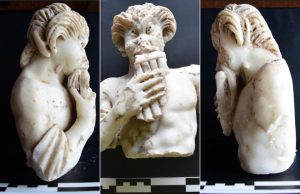
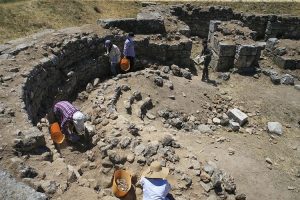
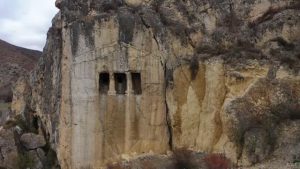
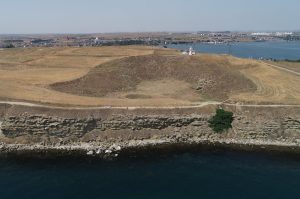
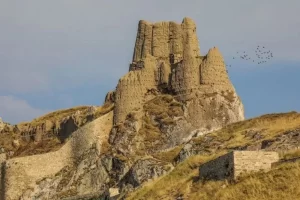
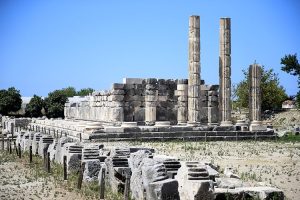
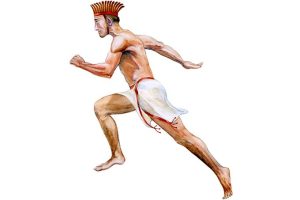

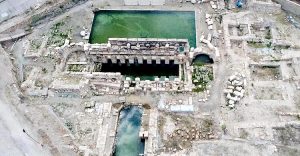
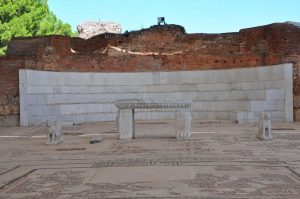
Leave a Reply